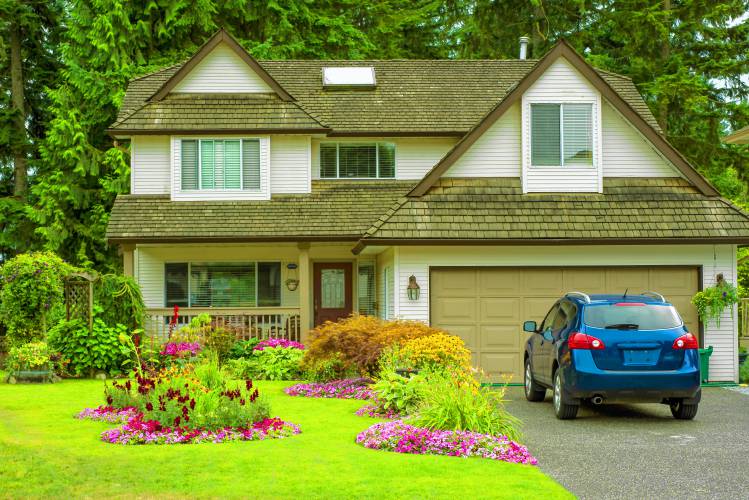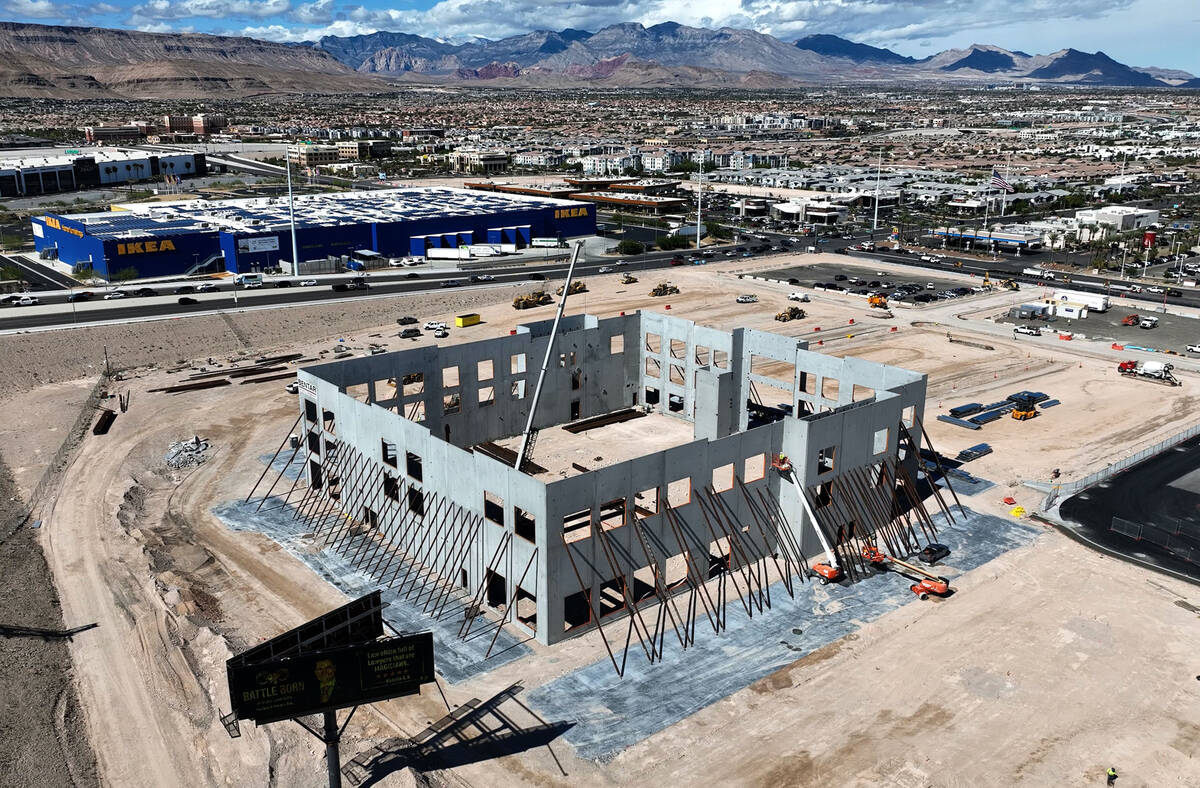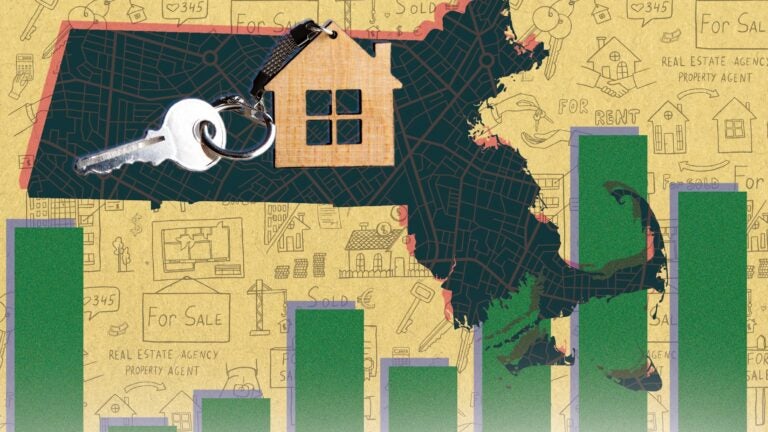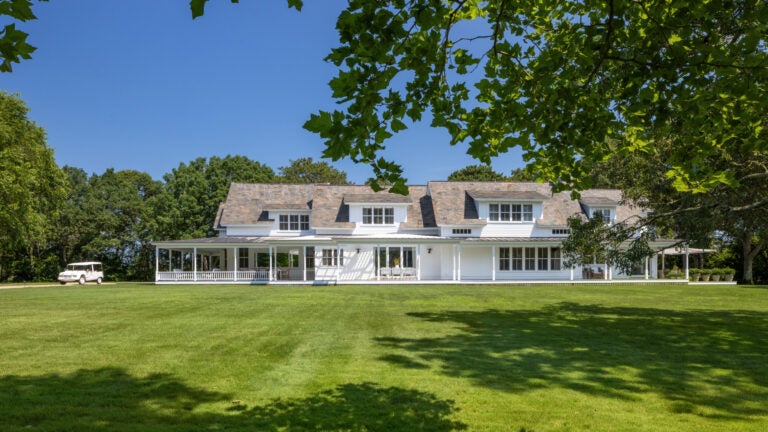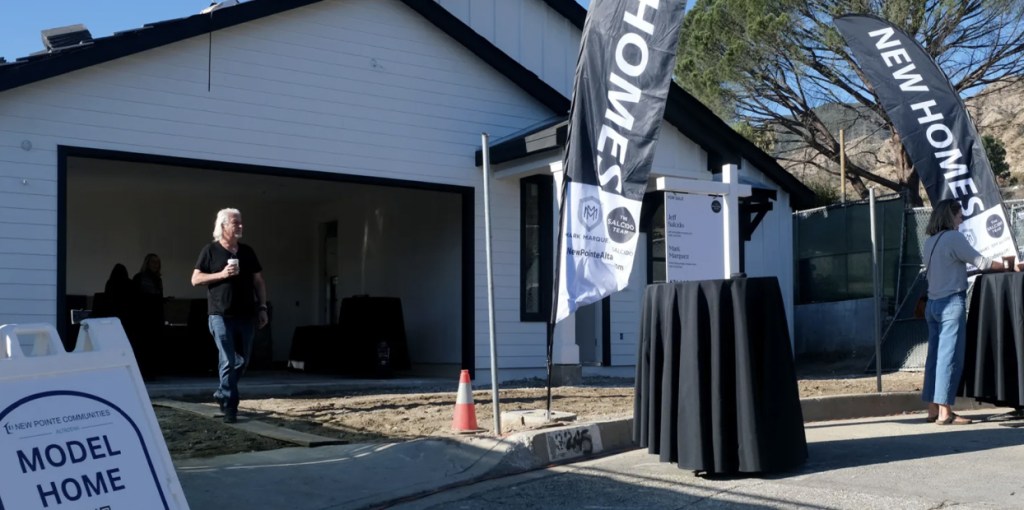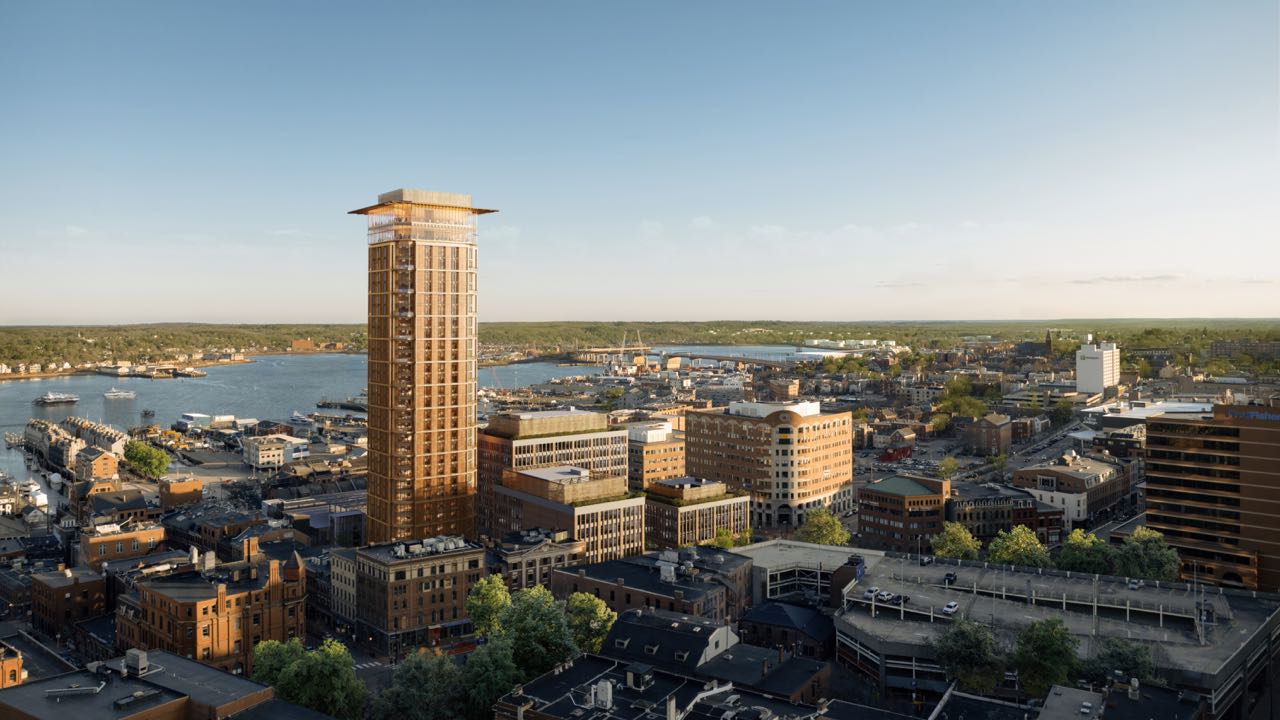A
new study by Virginia Tech reveals that homes within a 3-mile radius of large-scale solar farms experience an average 5% drop in value shortly after the projects are built. The analysis, which reviewed nearly 9 million real estate transactions across thousands of solar sites, suggests that proximity to the installations is the main factor behind the decline, not visibility.
Prices tend to rebound within 10 years, but this can be a challenge for homeowners trying to sell their property soon after construction. The study found that homes with larger lots (5 acres or more) are largely insulated from the price effects, while nearby agricultural and vacant parcels have seen land prices jump by nearly 19% due to developer interest.
The researchers looked at data from over 8.8 million real estate transactions near nearly 3,700 solar facilities nationwide. They factored in elevation, terrain, and line-of-sight to isolate the causes of the decline. The study's findings come as Virginia accelerates its transition to carbon-free electricity under a 2020 state law.
While some studies have found that solar projects can correlate with slight gains in nearby home values, particularly in areas like the Midwest, the Virginia Tech report adds weight to growing concerns in communities where farmland is being rapidly converted into energy zones. The authors recommend steering new projects toward brownfields – previously developed industrial sites – which present fewer conflicts but greater costs.
The study's lead author, Zhenshan Chen, emphasizes that policymakers and solar developers must actively manage the impacts of large-scale solar farms on property values. He notes that while the green energy revolution is good for the planet, it can be a challenge for homeowners in the short term.

